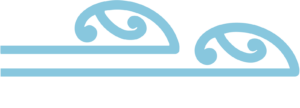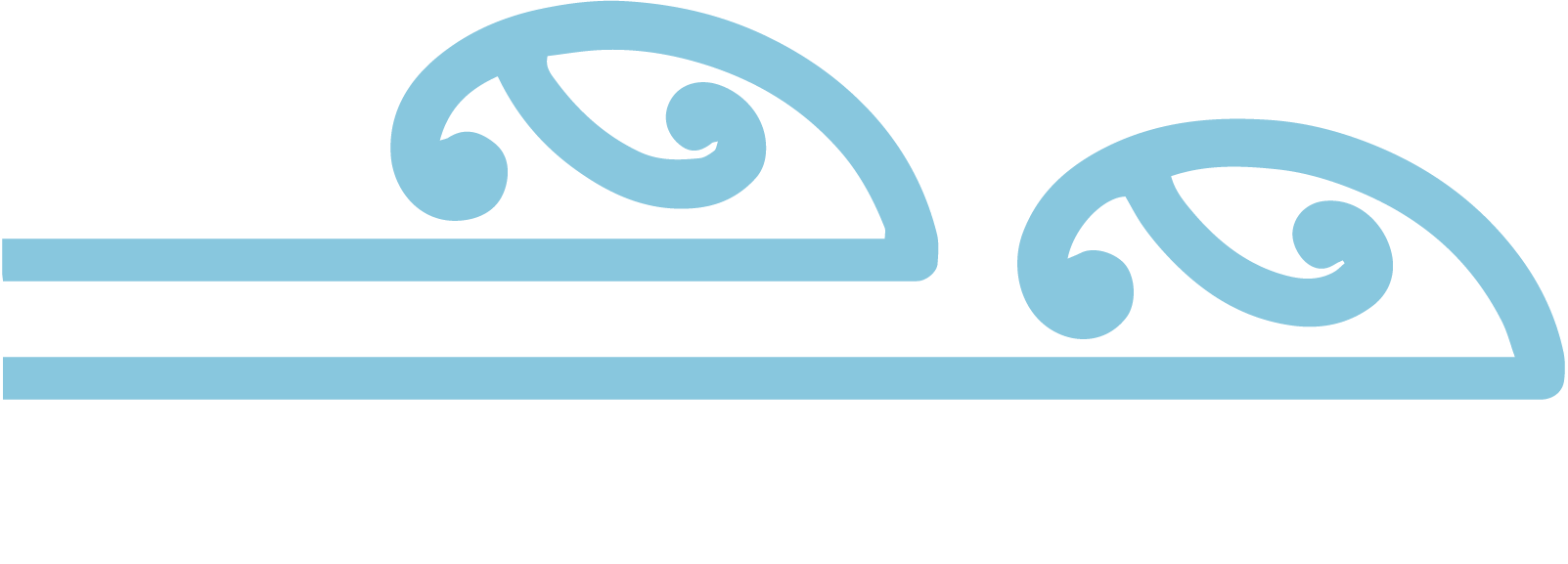Our research
Nau mai, and welcome to the research hub of Tangaroa Ararau, where you can dive deeper into our findings and understand the impact of our work. Each resource is designed to provide insights into our project and the methodology we deployed to complete our research.
Gain an in-depth understanding of our key research areas by reading our Focus Area Report. This document is central to grasping the intricate details and the broader implications of our project.
For a quick overview of our findings, browse our summary cards below. Each card distils the essential information from our research, making it easily accessible and understandable at a glance.
Further research is currently in development. These findings will expand on our existing reports and introduce our tikanga-led approach for marine governance in Aotearoa.
Literature Review
This literature review has been developed as a component of Research Aim One of the Tangaroa Ararau – Te Tiriti o Waitangi, Tikanga Māori and the Marine Environment research project.
The purpose of the review is to collate relevant literature to grasp a thorough understanding of the research area, to assist in defining the focus and boundaries of the research. The review will be a key component to the development of a framework that will set the direction and guard rails for the research project and will be the starting point for the investigation into the identified research focus areas.
This review will be supplemented by discussions with tikanga and Te Tiriti experts and through wānanga, these components will be brought together. The outcomes from this process will be critical to ensure that the research approach and therefore the governance model options and transitional pathways that are to be developed are authentically and genuinely underpinned by Te Tiriti and Tikanga Māori.
Guiding Framework
The purpose of this document is to outline the guiding framework for the Tangaroa Ararau – Tikanga Māori, Te Tiriti o Waitangi and the Marine Environment research project. The framework is intended to set the parameters of what the project aims to achieve, our objectives, theories, and foundational values that will ‘guide’ the development of uniquely Aotearoa marine governance models and the transitional pathways to ensure that Tangaroa is at its heart, whilst being underpinned by tikanga Māori and Te Tiriti o Waitangi.
The framework also ensures consistency in approach across the research team when conducting the research and developing marine governance solutions. The ideology of the research being tikanga-led is critical to the project’s success.
The following document outlines the approach taken to develop the framework. It provides insights into the literature review, interviews with experts and explores our ancestral past to assist in creating preferred futures – all of which have collectively informed the design principles for the development of the framework.
Our design principles
Exploration of the past and desired futures has provided the synthesis of a series of systemic design principles. These principles are guidelines and considerations, guiding our collective actions and influencing mental models to enable change. Mental models can foster or inhibit change by facilitating or limiting the way we see the world – using design principles to identify and target dominant mental models responsible for, and reinforced by, prevailing systems inertia, represents a powerful change lever.
We have termed these design principles our Pae Moana: the horizons that describe fundamental elements representing the essence of the relationship with Tangaroa. These Pae Moana signify essential components of this research programme; points on our gaze, bringing the collective body of knowledge and experience of the research team to bear in their pursuit, seeing them entrenched in future marine governance models.
Focus Area Report
In this report we adopt a Futures Thinking approach to delve into the intricate dynamics surrounding the weight of the past and the push of the present within the context of tikanga Māori, Te Tiriti o Waitangi and marine governance. We scrutinise its historical significance, from its utilisation in trade prior to and after the arrival of British settlers in 1840 to the ensuing power struggles following the signing of He Whakaputanga and Te Tiriti o Waitangi (the Treaty of Waitangi/Te Tiriti).
Our report culminates in a Causal Layered Analysis, a tool designed to delve beyond surface-level issues to uncover deeper systemic, worldview, and myth layers. Through this analytical lens, we endeavour to gain a comprehensive understanding of the challenges and opportunities that lie ahead in each of the focus areas, thereby paving the way to develop insights that will assist with developing marine governance arrangements that are underpinned by tikanga and Te Tiriti o Waitangi.
Research Summary Cards


















